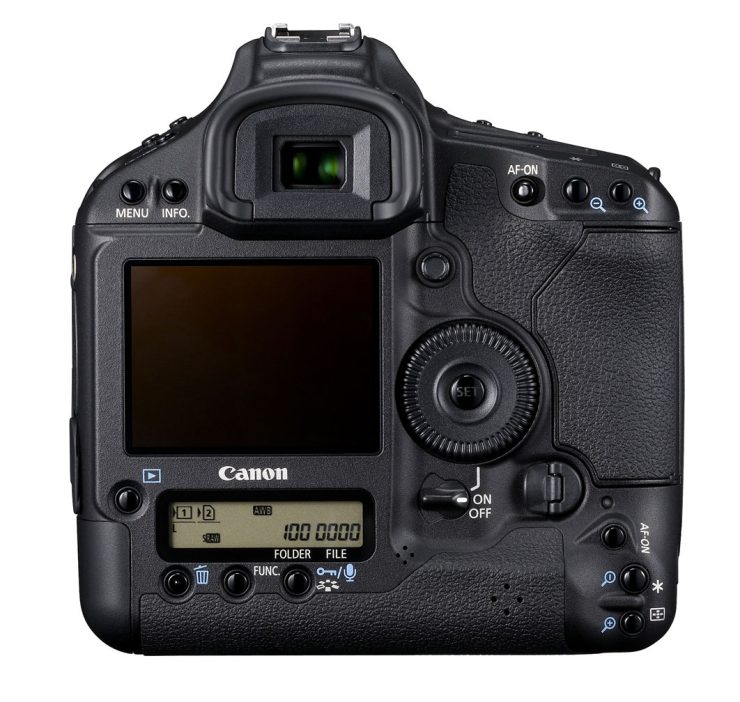And why the 16 Megapixel 1D may produce better images than the 18 Megapixel Canon 7D

Yesterday, Canon officially announced the newest member of the 1D series: the Mark IV. It’s a machine that is clearly built for speed, now boasting 10 frames per second (enabled by dual Digic 4 processors), a new high sensitivity auto-focus system, and even higher ISO settings for better shutter speeds in lower light. All of this is coupled with a brand new, 1.3x crop factor, 16 Megapixel CMOS sensor.
What’s that? Only 16 Megapixels? But wasn’t the 7D just released with an 18 Megapixel sensor? I’ve already seen posts around the internet along these lines, questioning the reasoning behind this new sensor, so let me briefly explain why it might be a good idea.
Let me begin with the premise that what photographers want is the best possible image for the file size that is produced. If the image quality of a 15 megapixel file is equivalent to that of an 18 megapixel file, then we’ve gained nothing by adding the extra data. For example: since the sensor resolution of the Canon 50D (15Mpixels, 1.6x crop factor) already exceeds the resolution of most of the Canon lenses that I’m aware of (especially in real-life shooting situation), some have argued that the pixel count increase in the 7D (18Mpixels, 1.6x crop factor) currently serves no purpose but to increase file sizes. See my discussion of the 7D’s new sensor for further information.

The 1D Mark IV also has an increased pixel count over the 50D, but it does not fall victim to the same problem as the 7D for one reason : SIZE. The Mark IV‘s sensor is physically larger than those of the other cameras mentioned, maximizing the resolution of the lens. I haven’t found an exact pixel count for the effective area of the Mark IV‘s sensor, so I can’t provide a receptor per/mm comparison, but the important thing is the .3x difference in magnification of the lens’ flaws. This should make a significant difference in image quality.
It goes without saying that the lower density of receptors on the sensor will help decrease heat and digital noise, which may be one of the reasons that Canon was able to increase the maximum ISO up to 102400, two full f-stops faster than the 5D Mark II. It remains to be seen how the sensor will perform in the field, but in theory, this is promising.
So why didn’t the 1D Mark IV get a 21.1 megapixel sensor like the 1Ds Mark III and 5D mark II? My guess is that it’s to decrease the processing time of each photo. Although it only has one Digic 4 processor, the 1Ds Mark III can only shoot at 5 fps, and the 5D is much slower than that. Perhaps the reduced data flow requirements allow the camera to perform at these record speeds. Of course, there is also the benefit of the magnification from the crop factor for photographers (like sports and wildlife photographers) who regularly use telephoto lenses, and the “sweet spot” effect of using a smaller sensor as well.
If my calculations are correct with the approximate numbers available, it seems that the sensor of the new 1D Mark IV has about 21% greater receptor density than Canon’s current full frame sensors. Perhaps this means that the next full frame sensor camera from Canon will sport a 38 Megapixel sensor! Time will tell.


